

Tulipa Ollioules - Darwin hybrid Tulip
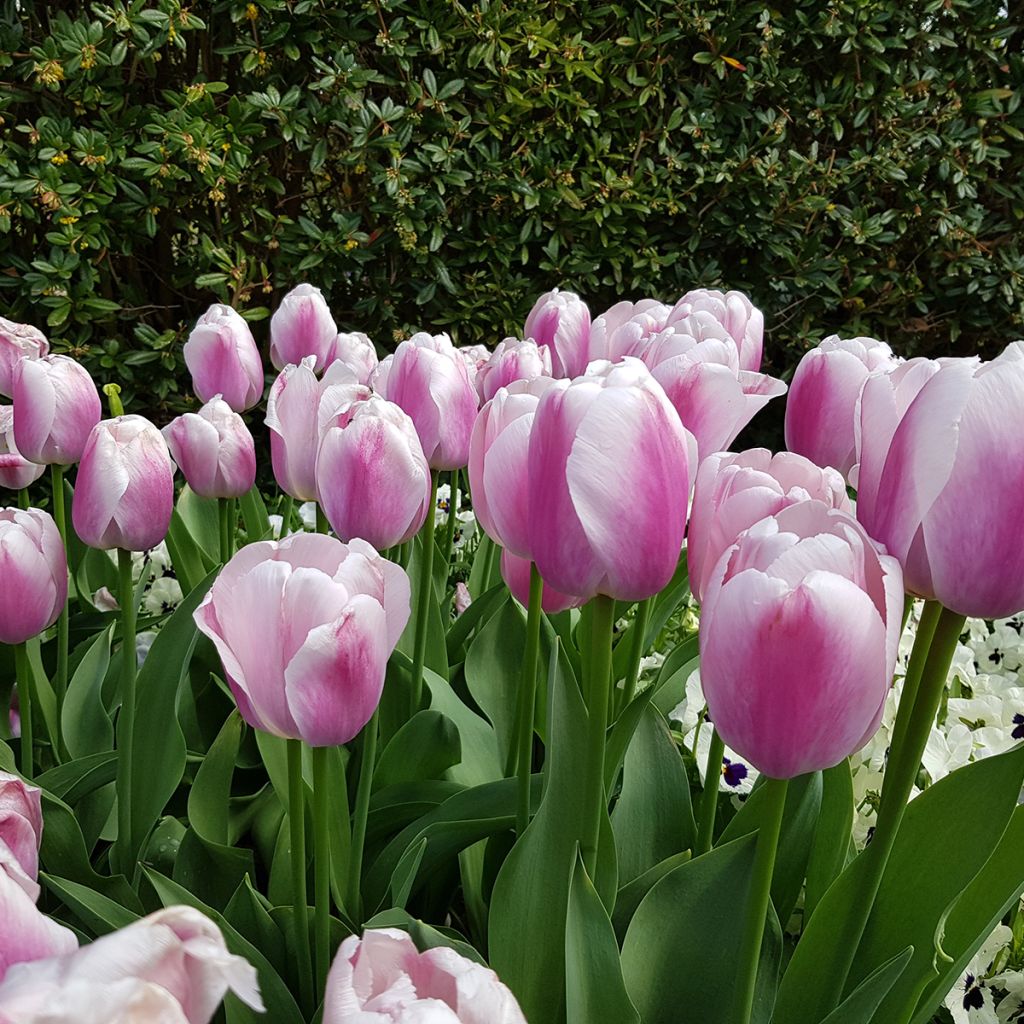

Tulipa Ollioules - Darwin hybrid Tulip


Tulipa Ollioules - Darwin hybrid Tulip
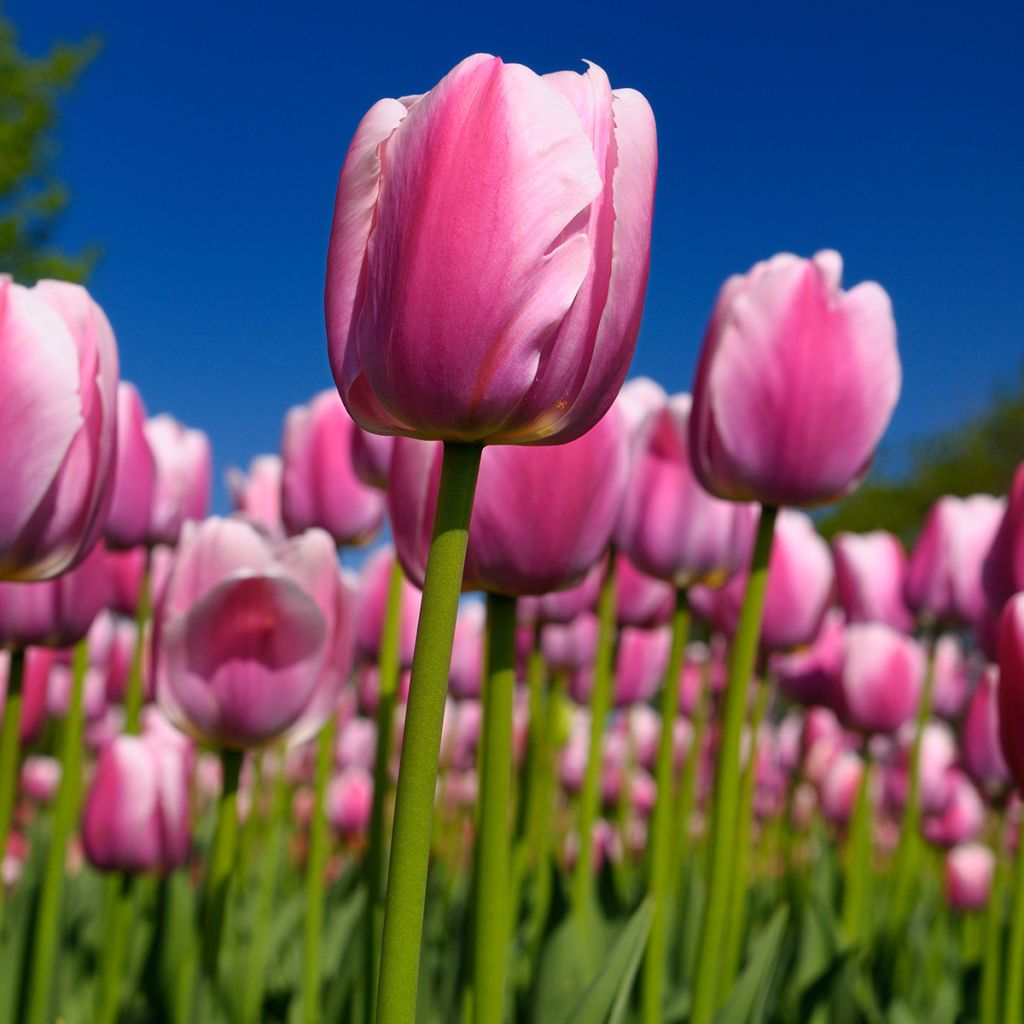

Tulipa Ollioules - Darwin hybrid Tulip
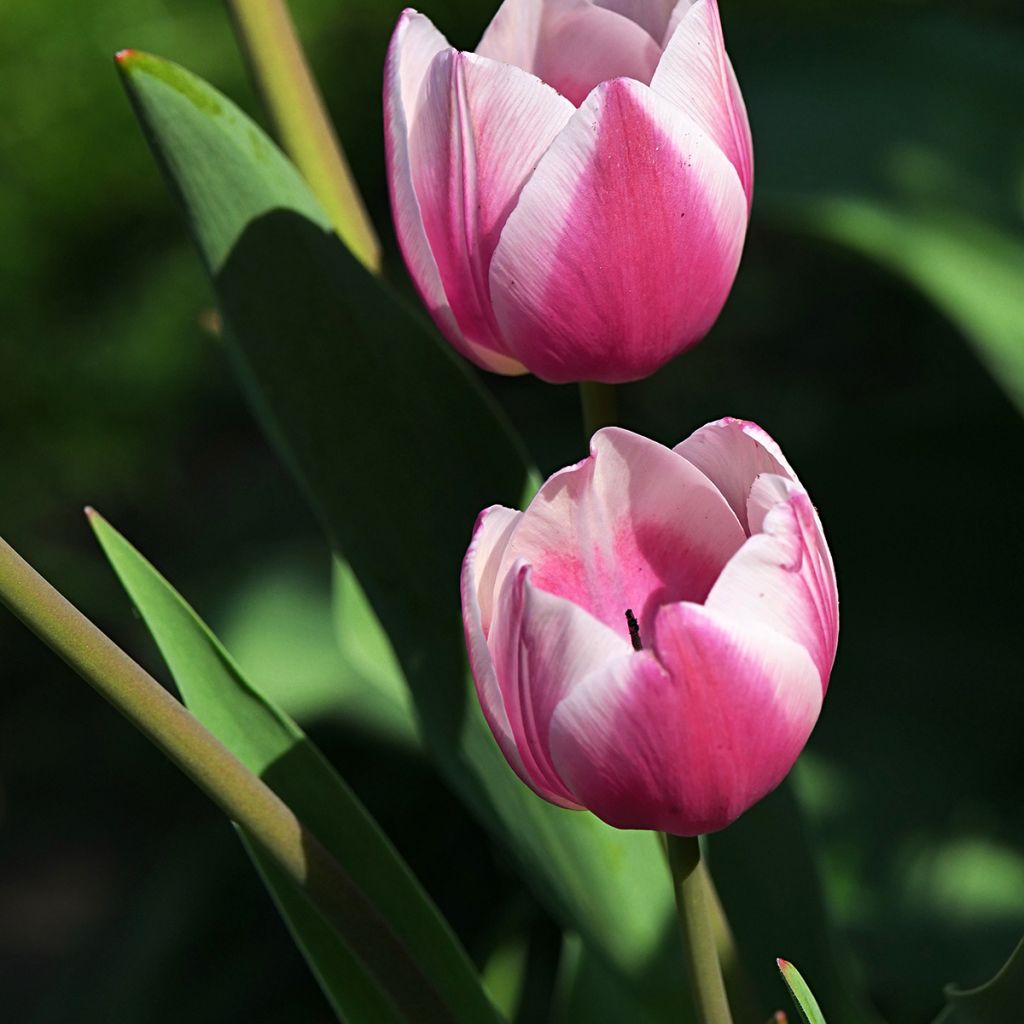

Tulipa Ollioules - Darwin hybrid Tulip


Tulipa Ollioules - Darwin hybrid Tulip


Tulipa Ollioules - Darwin hybrid Tulip
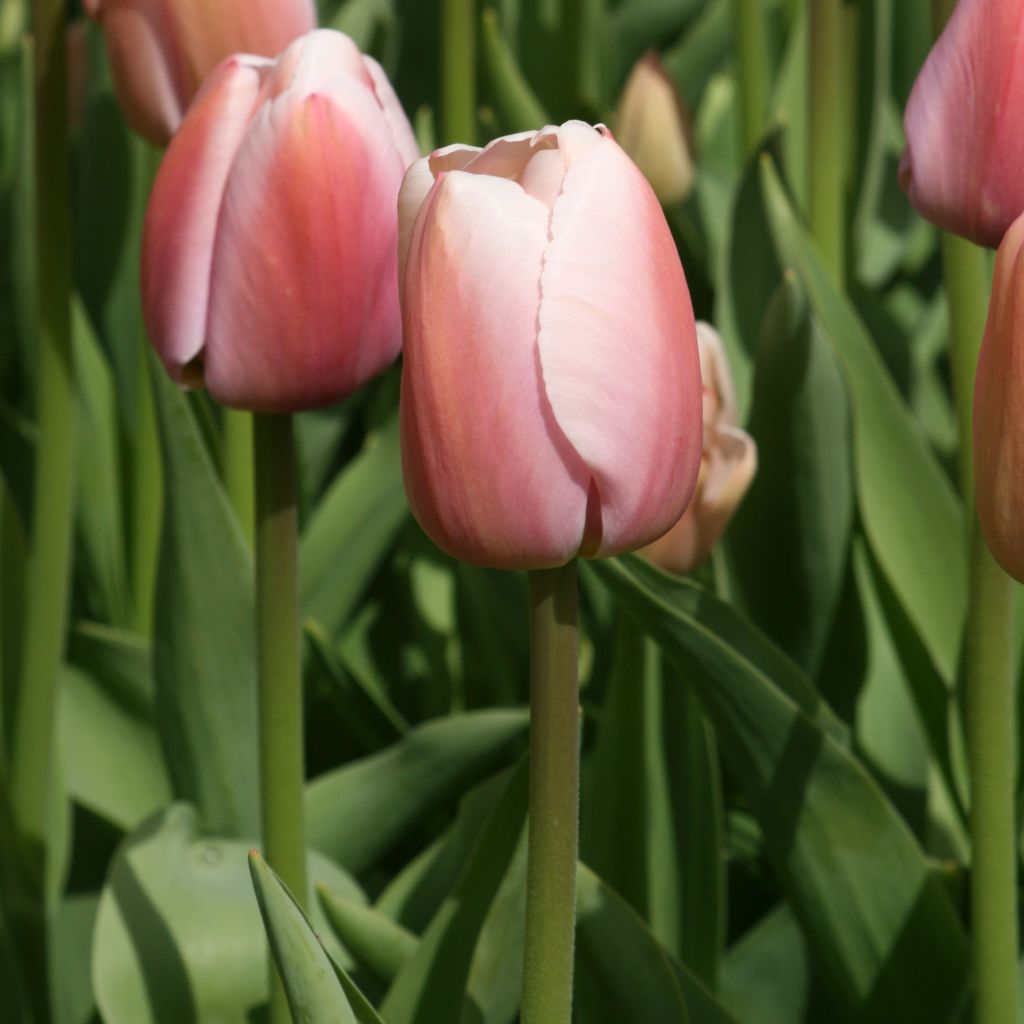

Tulipa Ollioules - Darwin hybrid Tulip
View more pictures
Hide images
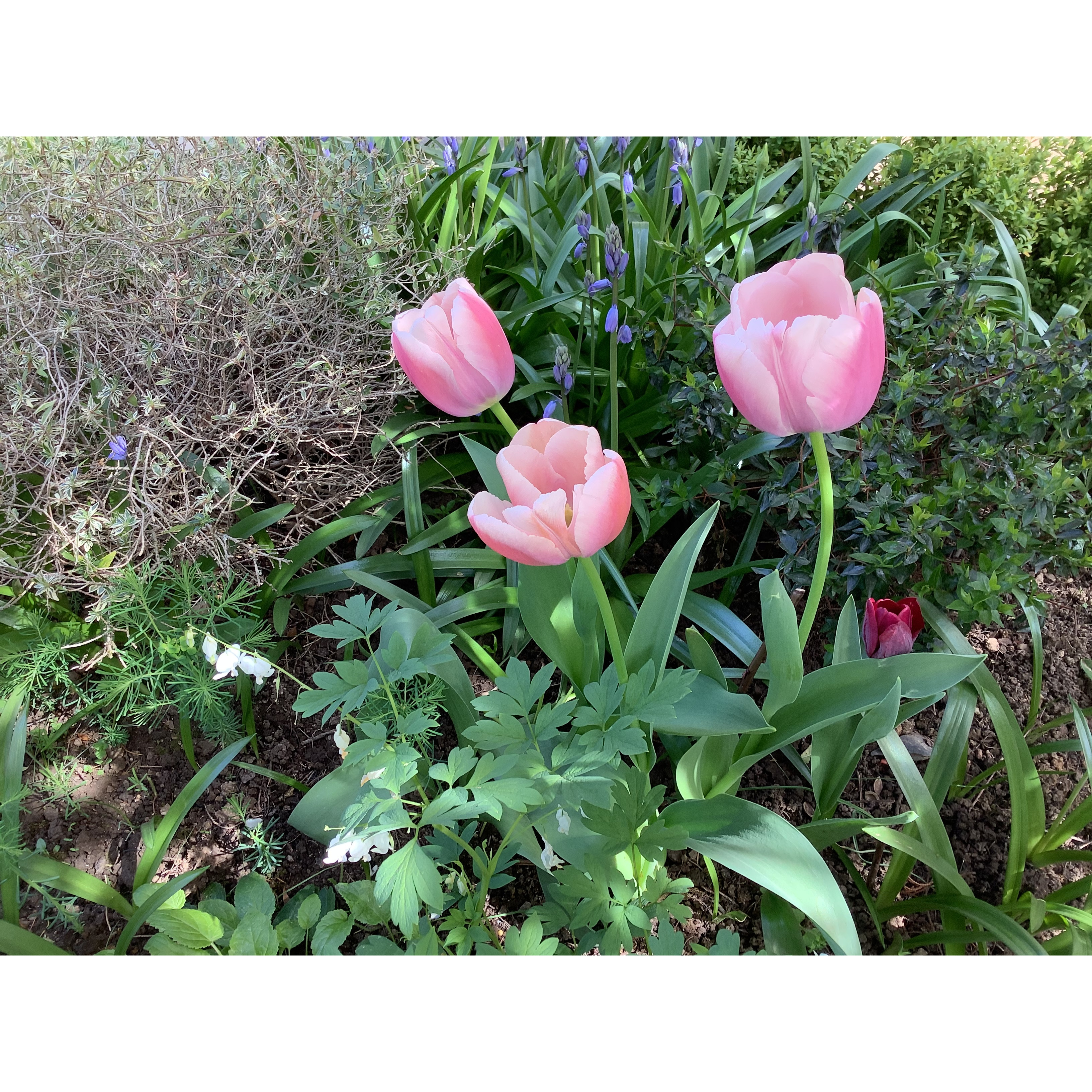
Michele B.

This is not an actual review but a date (Mid-April 2021). If you have an actual review or text to translate, please provide it so I can assist you with the translation.
Michele B. • 12 FR
Tulipa Ollioules - Darwin hybrid Tulip
Tulipa Darwin hybride Ollioules
Darwin Hybrid Tulip
Well packed.
Nathalie, 16/09/2020
Special offer!
Receive a €20 voucher for any order over €90 (excluding delivery costs, credit notes, and plastic-free options)!
1- Add your favorite plants to your cart.
2- Once you have reached €90, confirm your order (you can even choose the delivery date!).
3- As soon as your order is shipped, you will receive an email containing your voucher code, valid for 3 months (90 days).
Your voucher is unique and can only be used once, for any order with a minimum value of €20, excluding delivery costs.
Can be combined with other current offers, non-divisible and non-refundable.
This plant carries a 6 months recovery warranty
More information
We guarantee the quality of our plants for a full growing cycle, and will replace at our expense any plant that fails to recover under normal climatic and planting conditions.

Would this plant suit my garden?
Set up your Plantfit profile →
Description
Tulipa Ollioules Darwin is a variety with cherry pink flowers, with a wide ivory white border. This hybrid variety is highly appreciated for its large cup-shaped flowers in soft colours. It reaches approximately 50 cm (20in) high. Tulips are easy to grow, brighten up the garden in spring and form beautiful colourful bouquets. Bulbs should be planted in autumn for flowering in April.
The Tulip is a bulbous plant that has become essential in the garden, easy to grow and adaptable to all climate. It belongs to the Liliaceae family. There are about a hundred species and several thousand cultivars of tulips, allowing for a great diversity of shapes and colours. The flowers appear between March and May, depending on the variety, and open during the day and close at night. The leaves are lanceolate, usually medium green, sometimes variegated.
Among the numerous species, we generally distinguish between botanical tulips and domestic tulips (or garden tulips). The latter are derived from Tulipa gesneriana and are classified into 14 families. For example, we have simple or double tulips, early or late tulips, triumph tulips, Darwin tulips (such as the Ollioules variety here), lily-flowered tulips, parrot tulips... Garden tulips generally have large flowers and long stems, making them ideal for cutting.
In the garden, tulips will be perfect for brightening up a flower bed, when combined with crocuses, hyacinths, daffodils, pansies, muscaris... They can also be planted in the middle of a lawn, creating a beautiful splash of colour in spring. For planting in pots, opt for early varieties with shorter stems.
Report an error about the product description
Tulipa Ollioules - Darwin hybrid Tulip in pictures


Plant habit
Flowering
Foliage
Botanical data
Tulipa
Darwin hybride
Ollioules
Liliaceae
Darwin Hybrid Tulip
Cultivar or hybrid
Planting and care
Tulip bulbs are planted from October to mid-December for spring flowering. Plant them in a sunny or partially shady, sheltered spot. Tulips thrive in rich, well-drained soil and can tolerate dry soil in the summer. If your soil is very clayey, incorporate some sand into the soil before planting or place some gravel at the bottom of the planting hole.
Work the soil deeply and remove unwanted weeds or rocks. Dig a hole using a bulb planter and bury the bulbs, pointed end up, two to three times their height. Space the bulbs about 10 cm (4in) apart. Bulbs can be planted individually or in groups of 5 to 10 for a beautiful colour effect. You can either place them one by one on the ground or scatter them for a more natural effect in flower beds. Lightly water after planting.
For container planting, provide drainage at the bottom of the pot (clay pellets or gravel) and then plant the bulbs in a mixture of potting soil, topsoil, and a little sand. Add a small amount of compost when flowering.
Tulips require little maintenance. Water if necessary in spring and remove faded flowers to avoid depleting the bulb. After flowering, allow the foliage to naturally die back and only cut it when it turns yellow to promote new reserves in the bulb.
Unlike botanical tulips, large-flowered tulips will degenerate after 2 to 3 years if left in the ground. You can choose to leave them in place and regularly renew them or dig up the bulbs when the foliage is dry. Remove the soil around the bulbs and then store them in a cool, dry, and dark place to plant again the following autumn.
Planting period
Intended location
Care
-
, onOrder confirmed
Reply from on Promesse de fleurs
Haven't found what you were looking for?
Hardiness is the lowest winter temperature a plant can endure without suffering serious damage or even dying. However, hardiness is affected by location (a sheltered area, such as a patio), protection (winter cover) and soil type (hardiness is improved by well-drained soil).

Photo Sharing Terms & Conditions
In order to encourage gardeners to interact and share their experiences, Promesse de fleurs offers various media enabling content to be uploaded onto its Site - in particular via the ‘Photo sharing’ module.
The User agrees to refrain from:
- Posting any content that is illegal, prejudicial, insulting, racist, inciteful to hatred, revisionist, contrary to public decency, that infringes on privacy or on the privacy rights of third parties, in particular the publicity rights of persons and goods, intellectual property rights, or the right to privacy.
- Submitting content on behalf of a third party;
- Impersonate the identity of a third party and/or publish any personal information about a third party;
In general, the User undertakes to refrain from any unethical behaviour.
All Content (in particular text, comments, files, images, photos, videos, creative works, etc.), which may be subject to property or intellectual property rights, image or other private rights, shall remain the property of the User, subject to the limited rights granted by the terms of the licence granted by Promesse de fleurs as stated below. Users are at liberty to publish or not to publish such Content on the Site, notably via the ‘Photo Sharing’ facility, and accept that this Content shall be made public and freely accessible, notably on the Internet.
Users further acknowledge, undertake to have ,and guarantee that they hold all necessary rights and permissions to publish such material on the Site, in particular with regard to the legislation in force pertaining to any privacy, property, intellectual property, image, or contractual rights, or rights of any other nature. By publishing such Content on the Site, Users acknowledge accepting full liability as publishers of the Content within the meaning of the law, and grant Promesse de fleurs, free of charge, an inclusive, worldwide licence for the said Content for the entire duration of its publication, including all reproduction, representation, up/downloading, displaying, performing, transmission, and storage rights.
Users also grant permission for their name to be linked to the Content and accept that this link may not always be made available.
By engaging in posting material, Users consent to their Content becoming automatically accessible on the Internet, in particular on other sites and/or blogs and/or web pages of the Promesse de fleurs site, including in particular social pages and the Promesse de fleurs catalogue.
Users may secure the removal of entrusted content free of charge by issuing a simple request via our contact form.
The flowering period indicated on our website applies to countries and regions located in USDA zone 8 (France, the United Kingdom, Ireland, the Netherlands, etc.)
It will vary according to where you live:
- In zones 9 to 10 (Italy, Spain, Greece, etc.), flowering will occur about 2 to 4 weeks earlier.
- In zones 6 to 7 (Germany, Poland, Slovenia, and lower mountainous regions), flowering will be delayed by 2 to 3 weeks.
- In zone 5 (Central Europe, Scandinavia), blooming will be delayed by 3 to 5 weeks.
In temperate climates, pruning of spring-flowering shrubs (forsythia, spireas, etc.) should be done just after flowering.
Pruning of summer-flowering shrubs (Indian Lilac, Perovskia, etc.) can be done in winter or spring.
In cold regions as well as with frost-sensitive plants, avoid pruning too early when severe frosts may still occur.
The planting period indicated on our website applies to countries and regions located in USDA zone 8 (France, United Kingdom, Ireland, Netherlands).
It will vary according to where you live:
- In Mediterranean zones (Marseille, Madrid, Milan, etc.), autumn and winter are the best planting periods.
- In continental zones (Strasbourg, Munich, Vienna, etc.), delay planting by 2 to 3 weeks in spring and bring it forward by 2 to 4 weeks in autumn.
- In mountainous regions (the Alps, Pyrenees, Carpathians, etc.), it is best to plant in late spring (May-June) or late summer (August-September).
The harvesting period indicated on our website applies to countries and regions in USDA zone 8 (France, England, Ireland, the Netherlands).
In colder areas (Scandinavia, Poland, Austria...) fruit and vegetable harvests are likely to be delayed by 3-4 weeks.
In warmer areas (Italy, Spain, Greece, etc.), harvesting will probably take place earlier, depending on weather conditions.
The sowing periods indicated on our website apply to countries and regions within USDA Zone 8 (France, UK, Ireland, Netherlands).
In colder areas (Scandinavia, Poland, Austria...), delay any outdoor sowing by 3-4 weeks, or sow under glass.
In warmer climes (Italy, Spain, Greece, etc.), bring outdoor sowing forward by a few weeks.
































